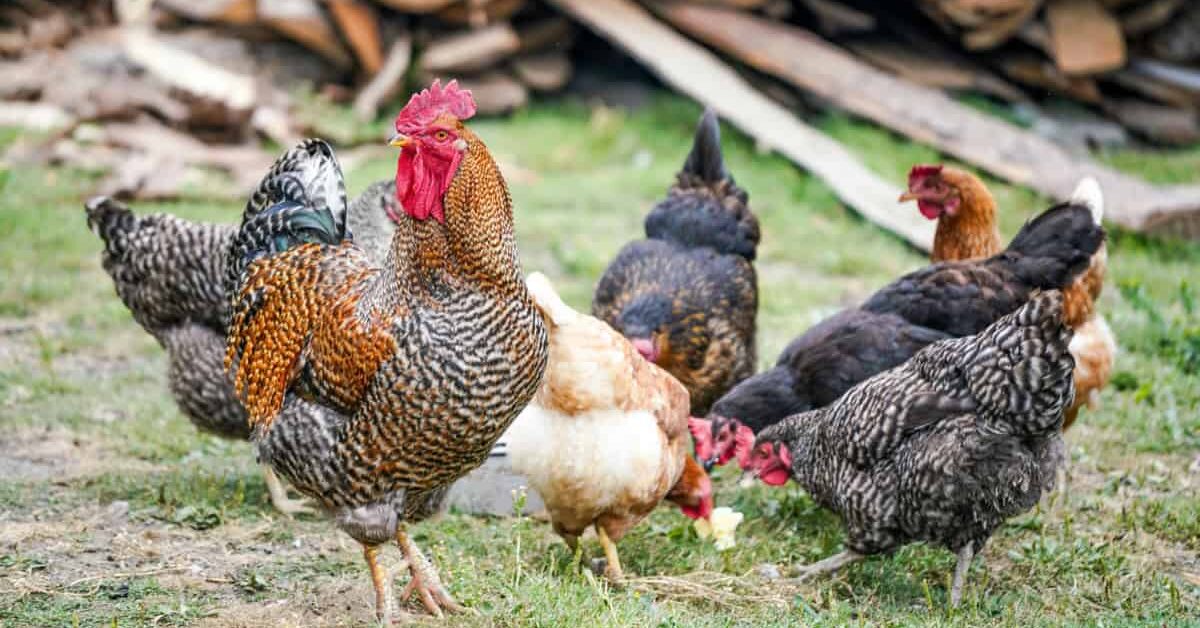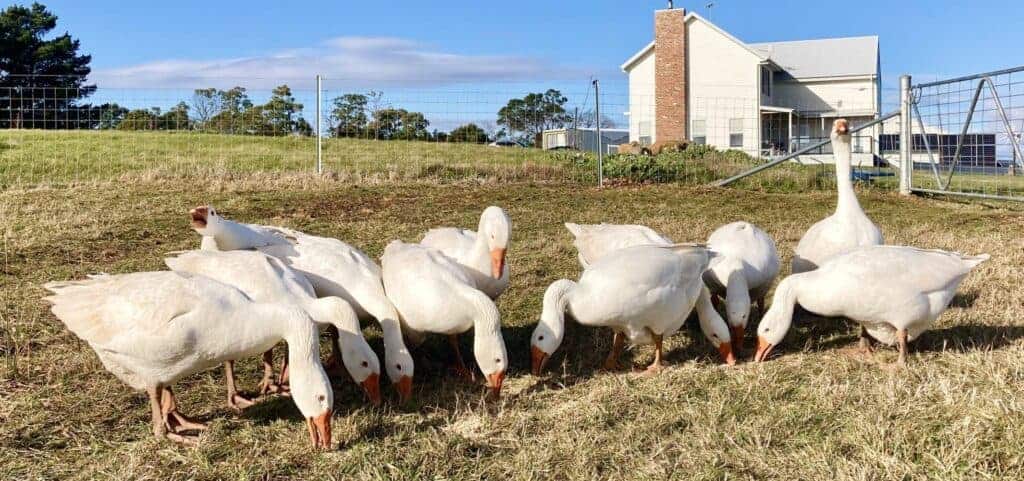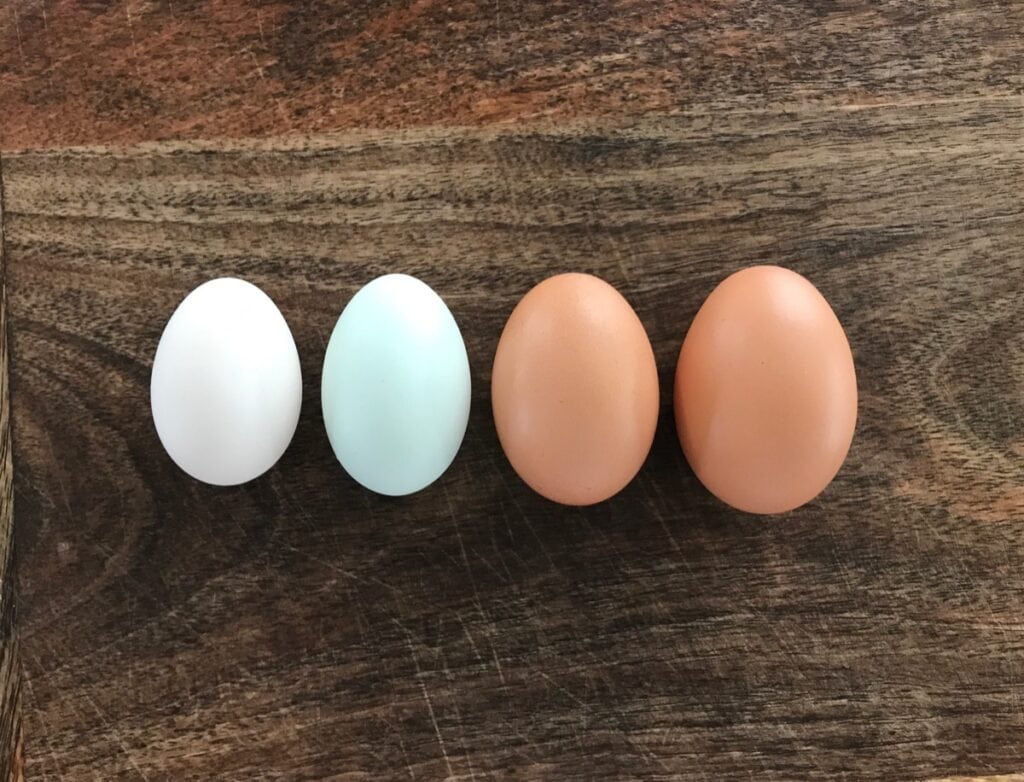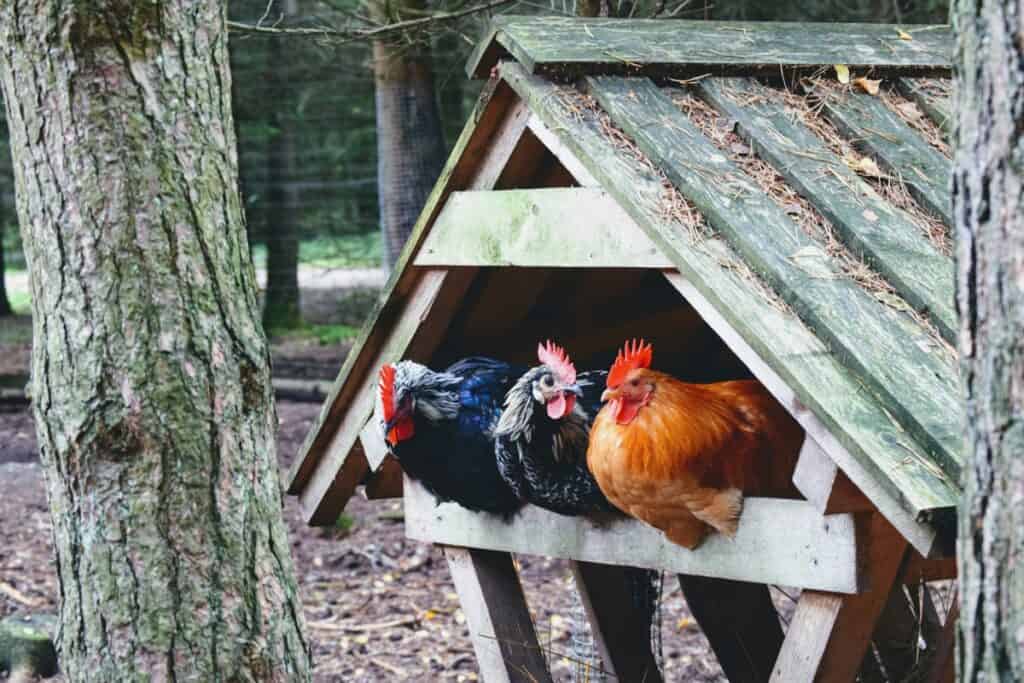When homesteaders or new backyard poultry keepers start out down the hen house path one of the first questions they are faced with is should I own commercial or heritage chicken breeds?
Here, I lay out the difference between commercial (also known as hybrid) and heritage chicken breeds and answer your burning question; ‘what’s best for my flock?’.
Why the Difference in Breeds
Chickens were first domesticated some 8,000 years ago in the Asia / Oceana region. They rapidly spread across the globe due to their popularity as a food source and the strong appetite for the “sport” of cockfighting.
Over the following 8,000 years, regional breeding saw the development of hundreds, if not thousands, of unique chicken breeds. Unfortunately, many of these breeds are no longer in existence.
Historically, most families would have owned their own chicken flock for the purposes of eggs and meat for the table. These flocks were made up of what we now know as heritage (or pure) breed chickens.
Through the rise of commercial poultry farms, the need for families to keep their own flock diminished. Instead, they could easily procure eggs and meat at a reasonable price from a local grocer or butcher.
To keep up with demand for chicken products, the poultry industry set out on a selective breeding program to develop new breeds of chickens that either lay an unprecedented number of eggs annually or gain weight at an alarmingly rapid rate. This was the birth of the commercial chicken.
What is a Commercial Chicken Breed
Put simply, commercial chickens are low input, high output birds used in the commercial production of eggs and meat. In this case input being food, while output is either number of eggs or kilograms (pounds) of meat.
Nearly all chicken eggs and meat purchased around the globe from supermarkets or local grocers come from a commercial chicken breed. Think huge farms with stock delivered via conveyor belts (generalisation but a good picture).
Commercial chickens are split into egg layer breeds and broiler (meat) breeds. They generally also carry a trademarked or copyright name.
For the purposes of raising backyard or homestead chickens it should be noted that commercial lines do not have great health nor longevity. Most layers will exhaust themselves and pass away within 3 to 4 years, while the unnatural growth rate of meat birds sees them suffer joint issues as their legs struggle to support their weight. Often they are immobile from an early age.
If you are looking to hatch chicks to replenish your flock; commercial breeds don’t breed true. This means there is no guarantee that offspring will carry the same traits as their parentage. In the case of most commercial meat birds, not only are they poor layers but by the time they reach maturity they no longer have the physical capability to mate naturally.
Commercial Layers
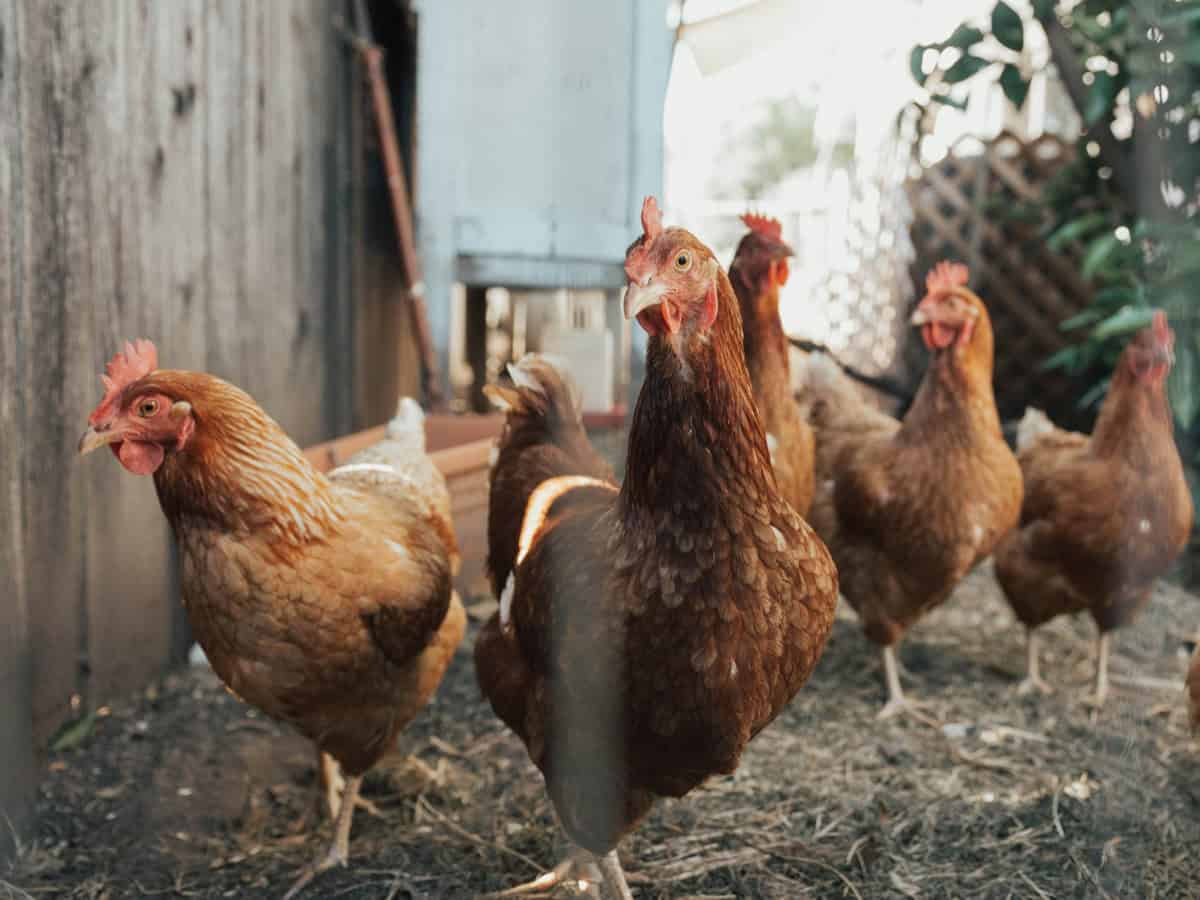
Photo by Ben Moreland on Unsplash
You may know of the egg producing machines that are ISA (Institute de Selection Animale) Browns, Hy-Line Browns or HiSex Browns. These laying hens are bred for their feed conversion ratio, liveability in confinement and high number of large, hard shelled eggs.
They are also known for their poor attitudes and short lifespan.
Commercial Broilers
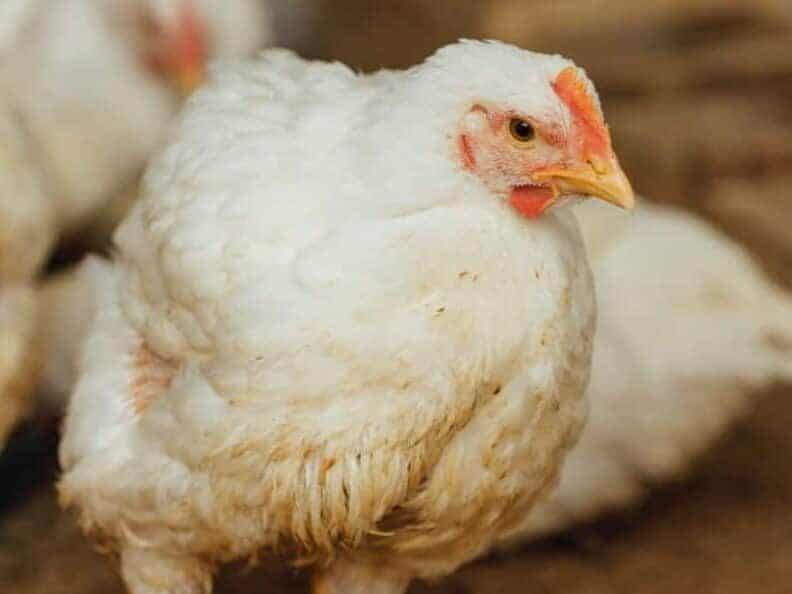
Image by freepik
Ross, Arbor Acres and Cobb are the lesser known names of the common broiler (meat) birds. Bred for rapid growth, docility (bordering on uselessness), high feed conversion ratio, heavy muscling and huge meat yields.
These birds are a far cry from their ancestors. They are colossal eating machines; from hatch to butcher in only 8 weeks.
What is a Heritage Chicken Breed
Heritage chicken breeds are often referred to as the old fashioned breeds of chicken. The breeds our ancestors would keep to support their families diet, whether that be in the way of meat or eggs.
There are strict classifications regarding what can be classified as a heritage breed. Subtle differences in classification can be found across countries, however, the American Poultry Standard is widely seen as the grandfather of heritage classification.
According to the American Poultry Standard, to be considered a heritage breed, chickens must meet the following criteria:
APA Standard Breed
Heritage Chicken must be from parent and grandparent stock of breeds recognized by the American Poultry Association (APA) prior to the mid-20th century; whose genetic line can be traced back multiple generations; and with traits that meet the APA Standard of Perfection guidelines for the breed. Heritage Chicken must be produced and sired by an APA Standard breed. Heritage eggs must be laid by an APA Standard breed.
Naturally mating
Heritage Chicken must be reproduced and be genetically maintained through natural mating. Chickens marketed as Heritage must be the result of naturally mating pairs of both grandparent and parent stock.
Long, productive outdoor lifespan
Heritage Chicken must have the genetic ability to live a long, vigorous life and thrive in the rigors of pasture-based, outdoor production systems. Breeding hens should be productive for 5-7 years and roosters for 3-5 years.
Slow growth rate
Heritage Chicken must have a moderate to slow rate of growth, reaching appropriate market weight for the breed in no less than 16 weeks. This gives the chicken time to develop strong skeletal structure and healthy organs prior to building muscle mass.
There are hundreds of heritage breeds across the world today. Yet, as a result of intensive farming, many are threatened or endangered of becoming extinct.
Heritage chicken breeds can be split into three categories; egg layer breeds, meat (table) breeds and ornamental breeds.
A homesteading relevant fourth, dual purpose, category can also be cited. These breeds play a crucial role for homesteaders who are looking for a single breed that lays well and can provide adequate meat for the table.
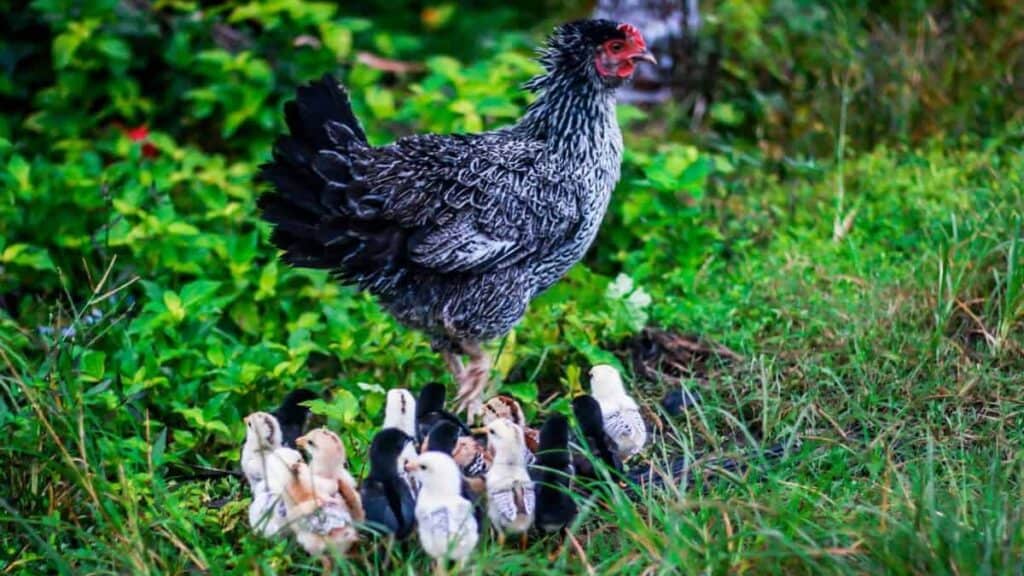
Comparison of Heritage and Commercial Breeds
| Heritage | Commercial | |
|---|---|---|
| Maturity – Egg Laying | 24 weeks | 16-18 weeks |
| Maturity – Butcher Weight | 20 weeks | 8-10 weeks |
| Egg Production | 3-6 per week | 7 per week |
| Egg Production Life | 7-8 years | 2 years |
| Brooding Likelihood | Often and successfully | Rarely |
| Mothering Ability | Generally good | Poor |
| Food | Good foraging ability | Rely on higher cost diet |
| Lifespan | 6 – 12 years | 3 – 4 years |
Heritage Ornamental Breeds
Are Commercial or Heritage Chickens Right for Me?
Your personal goals and needs will ultimately make a decision that is right for your homestead or farm.
What I will say is that conserving heritage breeds of chickens, or any domesticated animal for that matter, is critical in the survival of any single species. Without backyard chicken keepers or homesteaders we will continue to see the lose of more heritage breeds overtime.
Losing these breeds means the lose their genetic diversity. A genetic diversity that commercial breeds, through intensive line breeding, do not have. Diversity that helps a species to adapt and thrive with the environment.
The Best Heritage Chicken Breed for Every Scenario
The following guides will give you a selection of the best heritage chicken breed to meet your needs. Whether that’s eggs, meat or just for fun.
Feature Image Photo by Zosia Szopka on Unsplash
Share
